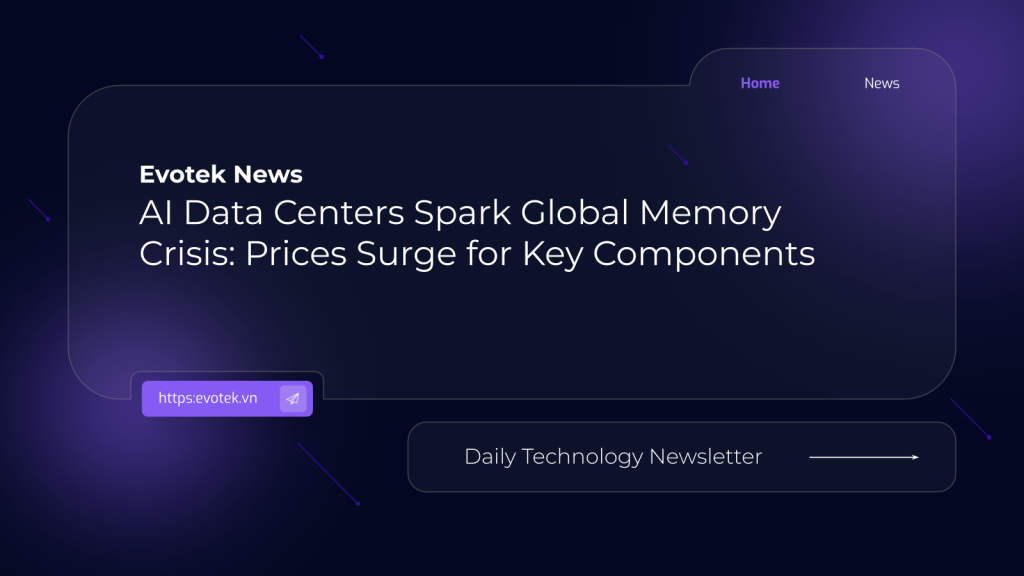The relentless expansion of Artificial Intelligence (AI) data centers, initially raising alarms over power consumption and environmental impact, is now creating a significant ripple effect across the semiconductor industry. The latest concern? A sharp escalation in the cost of essential computer memory components, impacting everything from consumer devices to enterprise hardware.
The Rising Tide of DRAM Prices
At the heart of this issue is Dynamic Random Access Memory (DRAM), commonly referred to as memory. Data center operators are voraciously acquiring these crucial chips, driving up prices across the board. This surge isn’t just a minor fluctuation; it signifies a fundamental shift in supply and demand dynamics.
While consumer personal computers and other mainstream systems rely on Double Data Rate (DDR) memory, advanced AI data centers demand a specialized, high-performance variant known as High-Bandwidth Memory (HBM). Both, however, draw from the same core DRAM manufacturing processes.
The challenge arises because memory suppliers are increasingly prioritizing the production of HBM due to its significantly higher profit margins from data center clients. This strategic pivot, while profitable for manufacturers, inadvertently constricts the supply of standard DRAM, leaving the broader market facing a crunch.
Widespread Impact Beyond PCs
The consequences of this memory scarcity extend far beyond just desktop computers. Industries reliant on embedded systems – including smartphones, modern automobiles, and even sophisticated medical equipment – are poised to feel the financial sting of dwindling supply and escalating costs.
Ryan Reith, Group Vice President for IDC’s worldwide device tracker, underscored the gravity of the situation, telling Yahoo Finance, “It’s not going to be good for consumers, because it’s driving prices up, and very soon.”
A Market Under Strain: Limited Manufacturers, Massive Demand
The AI infrastructure, powering applications like Google’s Gemini and OpenAI’s ChatGPT, requires not only powerful GPUs (Graphics Processing Units) but also vast reserves of memory and CPUs. With only a handful of major global memory manufacturers – including giants like Samsung, SK Hynix, and Micron Technology (MU) – the overwhelming demand from data centers is exerting immense pressure on the entire supply chain.
Reports indicate that Samsung has already hiked the prices of some memory products by as much as 60%. Independent tracking sites like PCPartPicker confirm the trend, showing certain memory stick prices soaring from approximately $100 to over $250 within a relatively short period.
This escalating cost is particularly problematic for manufacturers of entry-level and mid-range devices. “I think the general consensus is that in the last month … this has gotten a lot more attention, and not in a positive way,” Reith added, anticipating that these increased costs will inevitably be passed on to consumers, especially for more affordable laptops where profit margins are already tight.
Bob O’Donnell, founder and chief analyst at TECHnalysis Research, highlighted the pervasive nature of memory, stating, “All of those things are essentially PCs. Any embedded device, game consoles, specialized medical equipment, those are all embedded computers, and they all have memory, and they all have storage of some kind.”
As AI continues its rapid ascent, the memory industry stands as its next crucial battleground, with consumers and various tech sectors bracing for the impact of this unprecedented demand.

 日本語
日本語 한국어
한국어 Tiếng Việt
Tiếng Việt 简体中文
简体中文